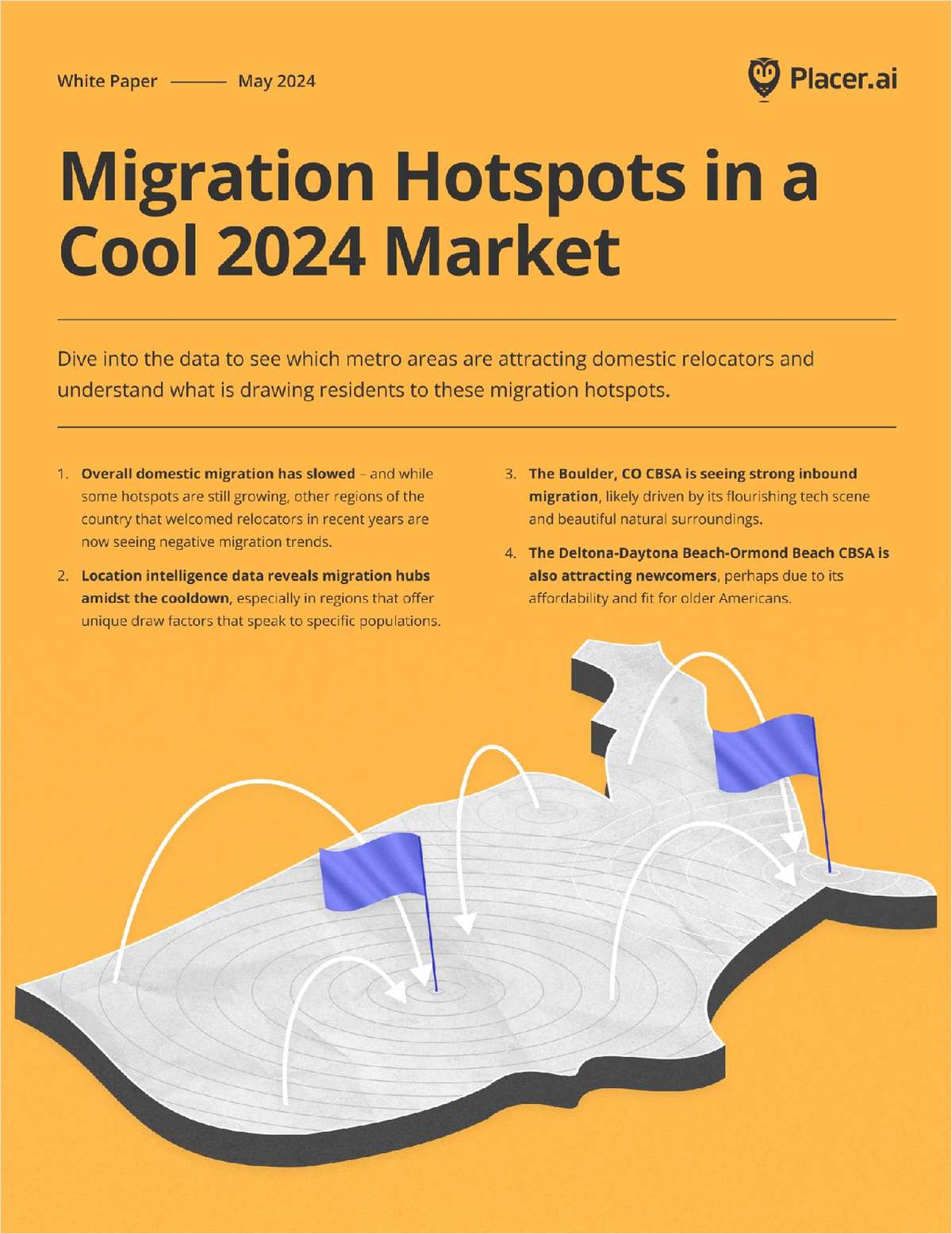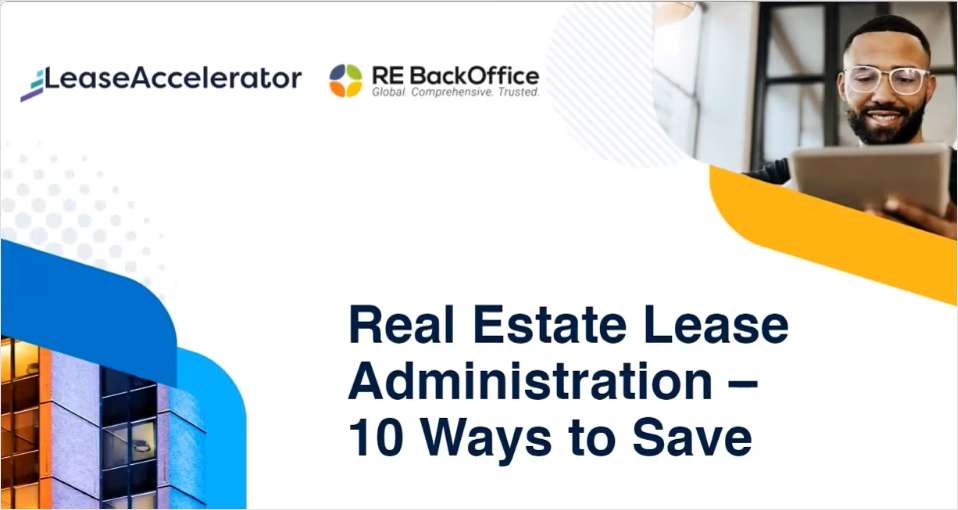"It's (San Antonio) not a Dallas-Ft. Worth, Houston or Austin,"Will Balthrope, Grubb & Ellis Co. associate. Balthrope is anative of San Antonio and considered a leading specialist for hishometown although he's based in Dallas.
Slower rent growth than is found in San Antonio's sistermetropolises and portfolio realignments by 90% of the city'sinstitutional owners are pushing the brisk trading, Balthrope tellsGlobeSt.com. Chicago-based Equity Residential Properties Trust hasthree properties on the market and Richmond, VA-based UnitedDominion has 11. In all, San Antonio has more than 20 class Bcomplexes, totaling 5,000 units, up for grabs. It's been nearlythree years since the market was this active in the Alamo City.
San Antonio's changing investment persona has been a boon forBalthrope and his partner, Don Ostroff, first vice president. Thisyear alone, the team's marketed 10 class B properties. Of those,most have sold or are under contract. Just a couple remainsunspoken for in the heyday of trade in a market that supports about50,000 class B units of the total 100,000-unit inventory. "It's agood niche in San Antonio," says Balthrope. The buy-sell trend hasspiked the average per unit cost $5,000 in the past year. The$35,000 per unit selling price is now at an all-time high, saysBalthrope.
Continue Reading for Free
Register and gain access to:
- Breaking commercial real estate news and analysis, on-site and via our newsletters and custom alerts
- Educational webcasts, white papers, and ebooks from industry thought leaders
- Critical coverage of the property casualty insurance and financial advisory markets on our other ALM sites, PropertyCasualty360 and ThinkAdvisor
*May exclude premium content
Already have an account?
Sign In Now
© 2024 ALM Global, LLC, All Rights Reserved. Request academic re-use from www.copyright.com. All other uses, submit a request to [email protected]. For more information visit Asset & Logo Licensing.








